The primary use of the ICL7660 (and it’s many clones/alternatives) is to create a “negative voltage” equal to its input voltage, which it does with minimal external components.

However, in my application I’d like to create a voltage above a power rail for switching a high-side N-Channel MOSFET. The data sheet contains the following circuit:

This circuit isn’t as nice as the negative converter- it requires two additional diodes, which also introduces an additional double diode voltage drop into the circuit.
I was wondering why you couldn’t instead “flip” the first circuit around- after all, voltage is relative- by swapping the V+ and GND connections. However, I figured if such a superior setup was indeed possible, it would’ve been mentioned on the data sheet, or at least somewhere online. So- what’s the catch? Is it possible to run the ICL7660 upside-down, and if not, why?
